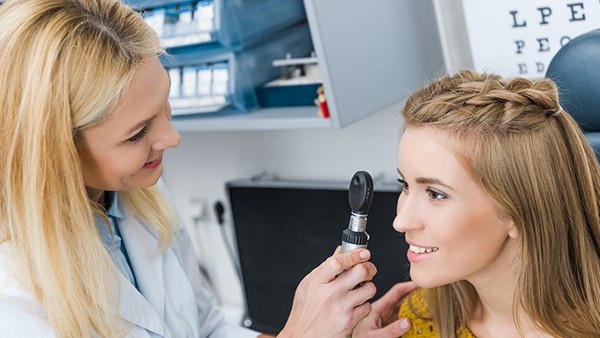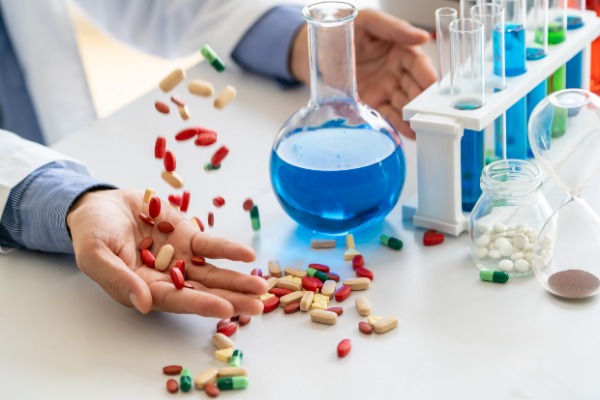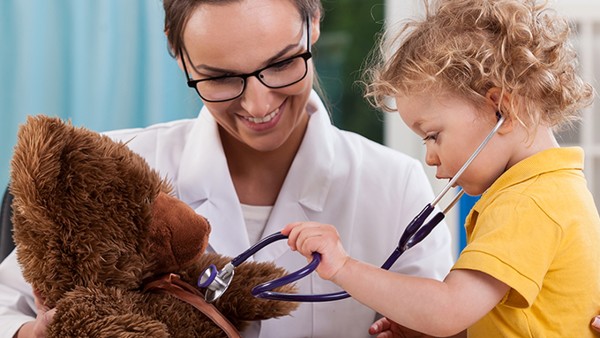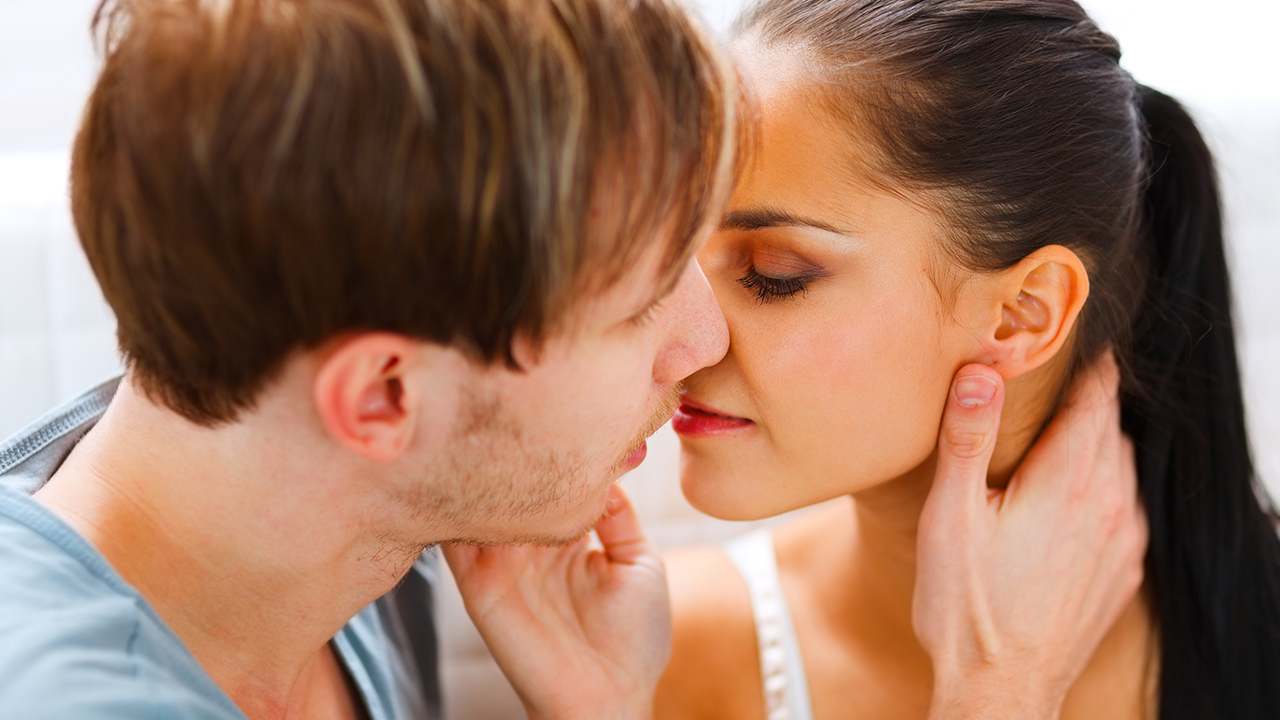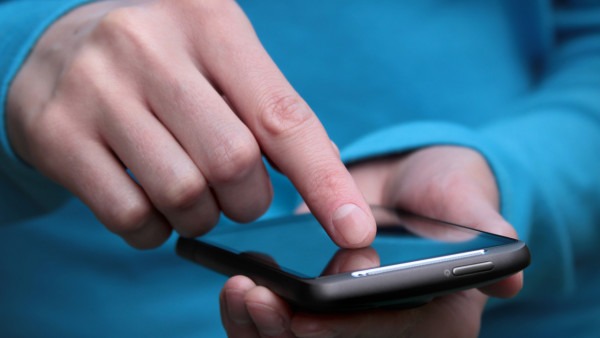How to Distinguish the Types of Jaundice in Babies

Jaundice is a common condition in newborns, affecting up to 80% of babies. It is caused by a buildup of bilirubin, a yellow pigment that is produced when red blood cells are broken down. In most cases, jaundice is harmless and will go away on its own within a few weeks. However, in some cases, jaundice can be a sign of a more serious underlying condition.
There are three main types of jaundice in babies:
Physiological jaundice is the most common type of jaundice in newborns. It is caused by the baby's liver being immature and unable to process bilirubin quickly enough. Physiological jaundice usually appears within the first few days of life and peaks at around 2 weeks of age. It typically goes away on its own within a few weeks.
Breast milk jaundice is a type of jaundice that is caused by a substance in breast milk that can interfere with the baby's liver's ability to process bilirubin. Breast milk jaundice usually appears within the first week of life and can last for several weeks. It typically goes away on its own, but in some cases, the baby may need to be given formula to help clear the bilirubin.
Pathological jaundice is a type of jaundice that is caused by an underlying medical condition, such as a liver infection or a blocked bile duct. Pathological jaundice usually appears within the first few days of life and can last for several weeks. It typically requires treatment to address the underlying medical condition.
How to Distinguish the Types of Jaundice in Babies
The following are some of the signs and symptoms that can help you distinguish between the different types of jaundice in babies:
Physiological jaundice is typically mild and causes the baby's skin to turn a light yellow color. The baby's eyes may also be slightly yellow. Physiological jaundice usually goes away on its own within a few weeks.
Breast milk jaundice is typically more severe than physiological jaundice and causes the baby's skin to turn a darker yellow color. The baby's eyes may also be yellow. Breast milk jaundice usually goes away on its own within a few weeks, but in some cases, the baby may need to be given formula to help clear the bilirubin.
Pathological jaundice is typically the most severe type of jaundice and causes the baby's skin to turn a deep yellow color. The baby's eyes may also be yellow. Pathological jaundice typically requires treatment to address the underlying medical condition.
When to Call the Doctor
You should call the doctor if your baby has any of the following signs and symptoms of jaundice:
The baby's skin or eyes are yellow.
The baby's jaundice is getting worse or not going away.
The baby is lethargic or irritable.
The baby is not feeding well.
The baby has a fever.
How to Treat Jaundice
The treatment for jaundice depends on the type of jaundice and the severity of the condition. In most cases, physiological jaundice and breast milk jaundice will go away on their own within a few weeks. However, in some cases, the baby may need to be given phototherapy to help clear the bilirubin. Phototherapy is a treatment that uses ultraviolet light to break down bilirubin.
Pathological jaundice typically requires treatment to address the underlying medical condition. The treatment will depend on the specific underlying medical condition.
How to Prevent Jaundice
There is no way to prevent physiological jaundice, but there are some things you can do to help prevent breast milk jaundice:
Breastfeed your baby frequently.
Make sure your baby is getting enough breast milk.
Avoid giving your baby formula unless it is necessary.
There is no way to prevent pathological jaundice, but early diagnosis and treatment of the underlying medical condition can help to prevent serious complications.
The above is all the content that the editor wants to share with you. I sincerely hope that these contents can bring some help to your life and health, and I also wish that your life will be happier and happier.
Topic: #distinguish #the #how




